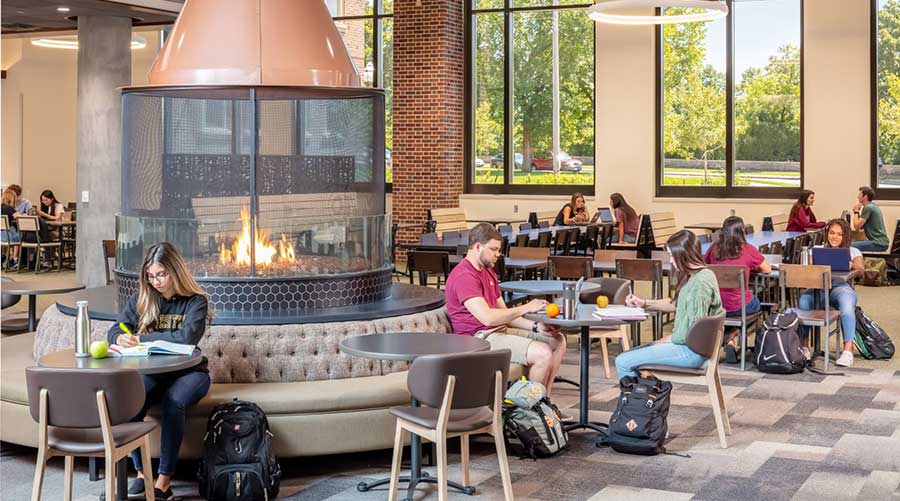At GSK Headquarters, Building Systems Are Efficient, But Planning And Operations Are Critical To Sustainability
Overall, the building systems are designed to be efficient, yet they aren't anything truly out of the ordinary, says Meghan McDermott, partner, Robert A.M. Stern Architects, who was the lead design architect for the base building. The HVAC systems include heat recovery and equipment is Energy Star rated, but McDermott says the systems are not something that couldn't be used in almost any building.
"It's funny, a lot of people sometimes think that in order for a building to be really energy efficient, it has to have a lot of bells and whistles and a lot of special equipment," she says. "The truth is that a lot of it is just thoughtful planning and careful deployment of systems which are not so technically complex, but which have a significant impact on how the building is managed, operated, and controlled to create comfort for the people in the building."
As always, the design is only one part of the equation for a successful energy efficiency program. No matter how much attention is paid to saving energy in the design process, if HVAC set points aren't being maintained or lighting schedules adhered to, your energy budget isn't going to hold.
"The way the building is operated, managed, and maintained — that's where you actually realize the goal," McDermott says. "That's where you actually save energy. Otherwise it's a fantastic marketing feature, but unless the building is operated correctly, you don't actually reduce the impact on the environment and realize the cost savings."
Inside Out
If the old headquarters could be described as a cube farm, the new one certainly can't. There are no cubicles, no assigned seating, and no offices.
You read that correctly. Every person who works in the building has a choice of where to work, but that choice does not include a cubicle or a private office. The only seating assignments are that building occupants are assigned to "neighborhoods" on one of the four floors of the building, but you're just as likely to find someone in the atrium, at a team table, or even on the roof as you are to find them at a desk. Or, if you do find them at a desk, they may be just getting ready to head to a different area of the building to do something else.
"It's a little bit like being at your house," says Campbell. "You do certain activities in certain rooms and you move about the rooms depending on the activity you're doing."
Related Topics:















